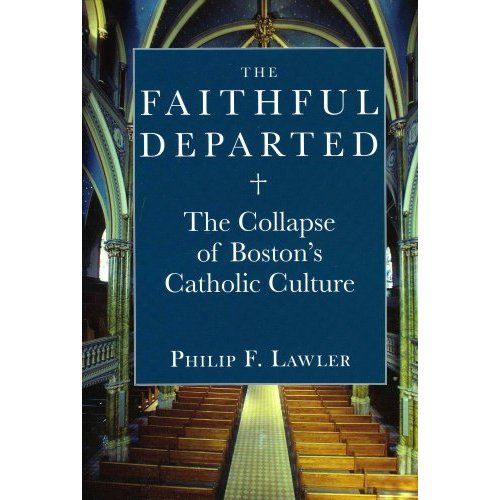 Columnist Bill Nemitz of the Portland Press Herald wrote a story that blasted Catholic Bishop Richard Malone for reinstating a sexually deviant priest. Nemitz was too easy on the bishop. Instead of blasting Malone as irresponsible and tone deaf, Nemitz might easily have accused him of violating Church doctrine.
Nemitz's story was interesting, if numbingly familiar: Bishop Malone had allowed the Rev. Paul Coughlin to resume his priestly duties, only to backtrack when local Catholics howled in protest. Nemitz's summary is concise and revealing:
Columnist Bill Nemitz of the Portland Press Herald wrote a story that blasted Catholic Bishop Richard Malone for reinstating a sexually deviant priest. Nemitz was too easy on the bishop. Instead of blasting Malone as irresponsible and tone deaf, Nemitz might easily have accused him of violating Church doctrine.
Nemitz's story was interesting, if numbingly familiar: Bishop Malone had allowed the Rev. Paul Coughlin to resume his priestly duties, only to backtrack when local Catholics howled in protest. Nemitz's summary is concise and revealing:
Coughlin, 73, was ordered by Malone in 2004 to resign as pastor of two South Portland churches for not reporting allegations of sexual abuse against a church volunteer.
The volunteer, John Skinner, actually lived with Coughlin in his South Portland rectory from 1999-2001 -- 10 years after Coughlin first heard the abuse allegations and failed to alert his superiors. (In fact, Skinner became certified in youth ministry while living in the rectory.)
What's more, Coughlin himself was accused in 2002 of sexual misconduct with a minor in 1985. While that never led to criminal charges, the Roman Catholic Diocese of Portland conceded last week that "it is reasonable to believe that there was inappropriate physical contact at that time."
Whoa, talk about a revealing quote. Nemitz showed his readers that diocesan officials had reinstated a priest whom they believed was guilty of "inappropriate physical contact."
So why did Bishop Malone reinstate the priest? Here is Nemitz's answer:
"It's been three and a half years," Sue Bernard, the diocese's spokeswoman, explained last week before the bishop reversed course. "I think (Malone) feels it's been a long enough time."
He felt wrong.
Maybe the backlash stemmed from Malone's initial promise to keep Coughlin away from South Portland, Bangor and Wells -- all places where he associated with Skinner -- because his "presence could cause divisiveness within these parishes."
Sound familiar? Back when they still thought they could contain the sex-abuse scandal, the bishops used the same shell game to keep offending priests one step ahead of the angry congregations.
In other words, Bishop Malone's explanation was that time had healed Rev. Coughlin's sins. His rationale might just as easily have come from Hugh Hefner or Zippy the Clown, because it bears no relation to Catholic doctrine about reconciliation or penance.
According to Church teaching, time doesn't heal a person's sins; God's mercy does, as mediated through a priest. Coughlin needed to reconcile his sin first, then he could be allowed back to ministry. Yet since the sex-abuse crisis erupted, Church officials have taken a dim view even of reinstating priests guilty of abuse.
Nemitz missed this essential point. Perhaps he doesn't grasp Catholic doctrine about sin and forgiveness. Or perhaps, and more likely, Nemitz overlooked Bernard's answer.
Nemitz's oversight or ignorance is no small matter. Had he seen through the Bishop's false rationale, he might have connected it with the U.S. Bishops' cover-up of priestly sex abuse. Here is how Philip K. Lawler, author of The Faithful Departed, a new book about the decline of American Catholicism, explains the situation:
While a small minority of American priests have been involved in sexual abuse, a clear majority of bishops were party to the cover-up. The priests who have been found guilty of sexual abuse have been removed from ministry, but bishops who betrayed their own sacred trust by countenancing sexual abuse remain in office. Whereas the misconduct by priests has been acknowledged and addressed, the administrative malfeasance of American bishops has still not been acknowledged-- at least not by the bishops themselves-- and not remedied. For all those reasons the third scandal, the scandal of episcopal misconduct, is today the most serious of all.
Nemitz wrote an informative, tough story. He just didn't one that was knowledgeable and tough enough.
